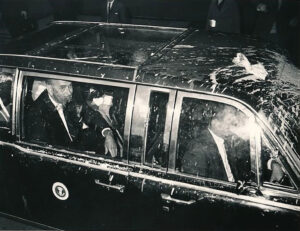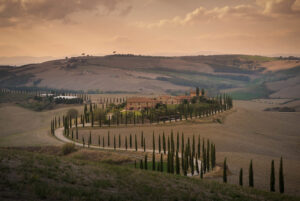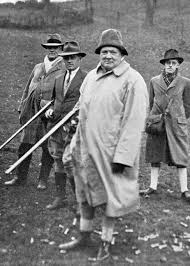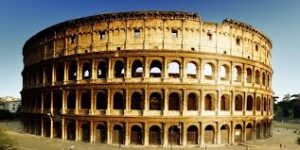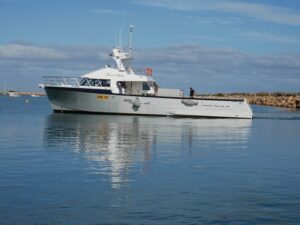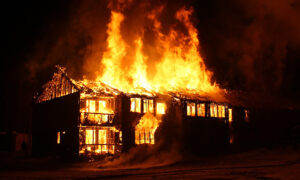I thought the letter in the Medical Journal of Australia from a group at the Royal Melbourne Hospital (RMH) noteworthy and hence promoted it to “top blog”. The letter suggests that 11 per cent of COVID-19 cases in Victoria were detected in health care workers, which is no different from the proportion within the State of such workers (which in itself is a percentage to wrestle with, i.e. one health care worker involved in the care of the other 88 per cent of the population).

Their data suggest that the community is a far more dangerous place to be exposed to the Virus than the work place.
The background is that the RMH established a clinic to test symptomatic staff from the RMH and nearby hospitals. By 6 April 1,160 symptomatic staff had been assessed and 11 were COVID-19 positive. Eight could be said to have had contact within the community, the others not determined – although thought to have had a low risk of contracting the virus in the hospital.
However, this letter was written in the very early days of the COVID-19 pandemic with tiny numbers, and it is very important to know if that trend continued given that the letter was not published until July.
Went Phishing & Lost The Bait
I was scammed the other day – well let us say the attempt at scamming failed but it was an enlightening experience and shows how clever these people are. However, having said that, I presumably I was only one in a long line of potential targets and the spiel would have gone through many iterations.

The phone rang late one morning and there was a woman at the end of the line. The accent was foreign but recognisably Asian accented. The nature of the approach was courteous but one of the problems of old age is hearing what has been said. Foreign accents however modulated are difficult to understand at the best of times. This was a mature voice, if I could put it that way.
She purported to have rung from the Visa security unit and they had detected concerns about two of my recent transactions – one for $300 and one for $1,300 – and she was trying to stop the transactions.
However, I kept asking questions because I had did not have access to my current accounts. I was passed to her “Supervisor” – a male whose accent was more Bangalore then Bangkok. He was very smooth, and there is obviously an escalation plan (perhaps a male is thought more authoritative). He said that the Federal police had been notified and an officer had been assigned the case and I remember the name – Rodriquez – fictional, but an interesting choice. Then miraculously my man on the line had been able to reverse the smaller of the transactions. However, the bigger one was presenting a problem.
I then said “could I ring them back after I checked my account and could they leave a number to call them back”? Some of the scammers apparently do make that provision, but seemingly not in this case.
Thus the whole transaction was obviously not going well because the woman came back on the line and tried to increase the anxiety level by urgently asking for my account details.
That was enough entertainment for the morning. I hung up. They had made errors. However, because of the way scams are constructed, there is little time to think, especially when it is the first time such a sophisticated scam had been launched on oneself. They had switched from it being a Visa to a CBA account in a very seamless way, and even produced the BSB for a nearby branch (unfortunately for them, not one where my account is held).
I thought in retrospect that these scammers know how to press buttons. I have been robbed in the past, and it is an unpleasant experience. Therefore apparently concerned sympathetic voices on the end of a phone who have just enough information to sound legitimate and informing you of a robbery elicits an initial primal reaction. This has to be resisted, and in the end – as we keep being told – it comes down to never give callers your details unless you have initiated the call – as in booking a hotel stay. However, it is all so simple until it happens to you.
I understand now very clearly why the elderly are so vulnerable – some months before my mother-in-law had been targeted in a similar scam.
Yet is it still confronting when the ACCC puts out a report to say that $630m had been scammed in the past year. The problem is escalating in terms of money lost to the scammers. For my part, I am now very well aware of Scamwatch and the information provided is simply written and an excellent reminder that at times like this when so many are vulnerable, the Virus is not the only malady to avoid.
Florida Mosquitoes One day; Virus the Next
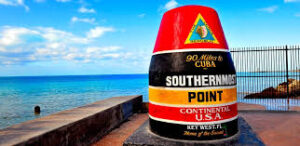
As I write, Florida has recorded 15,300 cases of COVID-19 in a single day (18,000 if equated to Australia’s population). What is that particular attitude on the part of the average Joe to hear it and yet then, masked, takes his children to Orlando Disneyland?
Modified from an earlier report from the New York Times:
To stop the spread of the virus from more heavily affected cities further north, the archipelago in southern Florida was blocked off since late March to June 1 to anyone who does not work or live there. Hotels were ordered closed, and passengers who flew in through the airport were screened and instructed to self-quarantine for two weeks. The isolation measures were among the strictest in the country.
The actions worked: The Keys had just 100 COVID-19 cases and three deaths, according to data from the Florida Department of Health. The three counties to the north that make up South Florida — Miami-Dade, Broward and Palm Beach — have had a total of more than 25,000 cases and 1,000 deaths.
Yesterday, there were 74 infected in Key West, a significantly smaller percentage of the population to Florida as a whole.
I have been to Florida a number of times, but it seems now to be as dangerous as in the old days of pirates, swamps and caimans. It should be remembered that this now is the third most populous state in USA with over 21 million people whereas in 1900 it was about 500,000; Key West was the biggest city then.
Mosquito was king, distributing malaria or dengue among the population. However, mosquitoes are just the vector for the bug and even, despite a vast amount of money expended on discovering a vaccine against the plasmodium, none has emerged. Preventative measures have then been directed towards destroying the vector or shielding human contact by physical or pharmaceutical means. As I have related in an earlier blog, I have had malaria – only one attack luckily.
Dengue, on the other hand, is caused by a mosquito-borne virus and there is a vaccine limited to certain countries where the condition is endemic. It is available for those who have had the disease before and is delivered by three injections. It is not available in Florida although it is available in certain American territories, such as Puerto Rico.
Chronic disease, no matter the cause, is no joke; but until one catches it, as I did with malaria, then it remains one of the jokers in the pack of life. It seems that Florida is full of those jokers gradually, in the case of COVID-19, being extracted from the pack to over 250,000 recipients to be precise who have been extracted from the pack – as they say it is a joke or in the terms of the Head Joker a hoax –going to die laughing.
Key West is a settlement at the end of 44 stepping stone islands that lie between it and Miami. Miami may have the beach, but Key West has the sunset. However as one source said, “Without a doubt, there is dengue in Key West.” In fact Key West saw a dengue fever epidemic in 2009 and 2010, but it was suggested that it only affected five per cent of the population. This epidemic was mocked by a Dengue Night Fever Group, complete with wings and a John Travolta lookalike. The epidemic seemed to respond to the joke, and fizzled out.
Nevertheless there was a serious side, as one report put it: “At the Key West Cemetery, where the gravestone of B.P. ‘Pearl’ Roberts’ epitaph of ‘I told you I was sick’, has become world famous {and preceded Spike Milligan’s similar ‘I told you I was ill’ by 13 years}, dozens of “ovitraps” – black plastic cups laced with poison to kill female mosquitoes and their eggs – mingled among concrete urns and vases of water rife with squiggling larvae. Plans for next year include providing sterile male mosquitoes to prevent their mates from reproducing.”
Key West is the most southern settlement in the United States, 90 miles from Cuba as stated on the giant buoy. Over the horizon on this crimson sunset was the island we thought at the time impossible to visit from the USA, but 10 years later we were to be part of an American delegation to Havana.
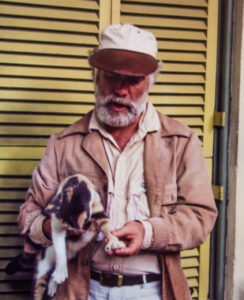
When we were there in winter, Key West was a line of empty T-shirt shops with no visual means of support; it was the site of Harry Truman’s winter White House with the famous coffee table that, with the flip of a wrist, could be converted into a card table covered in green baize, and the Hemingway house with its trademark six-toed cats. Even though it was winter, there was a cheerful, devil-may-care population. Nobody mentioned dengue when we were there, but since at that time the last outbreak had been in 1934 – and we were there before the outbreak in 1991, there were no warnings about stagnant water or to wear insect repellent and sleep under mosquito nets.
After all, if you live in Key West it is not as though you reckon exposure to hurricanes and caimans is as bad as exposure to the neoliberal pirates from the North. After all there must be some compensation in living on the Oklahoma panhandle where the winds swirl in the sagebrush or the wilds of Homer on Kachemak Bay in Alaska where the snow-covered volcanoes threaten one from across the water. Places like Key West, the Oklahoma panhandle and Homer are remote enough to fend off the virus without too much central government assistance.
Of all public policy matters, population health and the accompanying science of epidemiology gets pushed down the agenda and attracts comparatively little government funding. To me one of the critical features of public policy in health is to have public health experts with clinical experience. Here there is a need to ensure a close relationship between the public health and infectious diseases disciplines.
More particularly, there is a need for policy nous, not the normal line up of university experts pushing their own barrows, nor general practitioners, whose knowledge of public health is so scanty. That is why on many occasions I have stressed the value of Paul Kelly and Nick Coatsworth to Australia. Michael Kidd, the other deputy medical officer as they say looks good in a suit but his work experience is not in public health. His value has been in his ability to chair meetings and have a soothing influence, which does have a subsidiary role in the often tense atmosphere surrounding this virus. Fortunately, he does not claim to be a public health expert and that he is certainly not.
However, at the apex of government there is responsiveness from the politicians, and it has been hard won from these people who probably thought of public health in terms of tips, drains and sewerage. For many years any public health emergency has been short-lived and more of an inconvenience – remember the cryptosporidium outbreak in Sydney in 1998?
In a fortunate way, so many of our governments are conservative and therefore make it difficult for the barbarians who are attempting in Victoria to drag down Andrews to replace him in Victoria with an effigy of Trump, complete with a neoliberal squawk of followers.
Florida is governed by such a Trump acolyte and thus ignorance, empty slogans and bluster are substituted for policy. No leadership, none. Just lachrymose self-pity. But those clowns, with their allegiance to those who put Trump in the White House, criticise Andrews for having 177 new COVID-19 cases on this particular day.
What was that number again in Florida, admittedly with four times the population of Victoria? 15,300. Their Governor just loves Trump.
However Key West, could still easily be closed down again, by taking a leaf from the Andrews folio. But leaves are so easily blown away.
Abattoirs & Meat Packing
Janine Sargeant – Guest Blogger
COVID-19 has exposed many cracks in society. The general level of personal hygiene and behaviour in social settings is one such ‘crack’ that has been variously addressed or papered over. However, the hygiene of abattoirs is one problem that needs to be fixed now.
Hygiene in animal slaughter and processing is crucial for food security. Unfortunately, abattoirs and meat packing plants have a mix of environmental and physical factors conducive for the spread of COVID-19. Meat workers stand close together, working long shifts, in cold and wet conditions. Production lines are structured so that the workers cannot physically distance – standing within 1.5 metres of another person for more than 15 minutes is deemed a COVID-19 risk. Further, workers may handle the same beast and that means the Virus can be spread so easily.
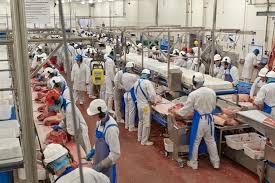
Clusters of COVID-19 cases have occurred in abattoirs and meat packing facilities around the world in Brazil, Canada, France, Germany, Ireland, Spain and the UK. More than 17,300 cases have been recorded in meat factory workers in the USA, with 91 COVID-19 related deaths. The latest outbreak in a German “meat processing factory” has infected 1,000 workers.
In Australia nearly 130 COVID-19 cases have so far been recorded in three abattoirs in Melbourne; one facility has been responsible for 111 cases.
Abattoirs and meat packing facilities can’t be closed down, if at all possible, for long periods so protection for the workers is essential to minimise or eliminate transmission. The meat industry has already been able to deal with Q fever, which is endemic in abattoirs, and brucellosis and TB in cattle – both diseases shared with humans. These have been contained.
Q fever presents a further problem because it often presents in a nondescript way. It is treatable in the early stages but both unrecognised and chronic Q fever cause symptoms that can last for months or years and may be fatal. There is a vaccine and by law all meat workers in Australia must be tested for and vaccinated against Q fever, their names added to an official register. The meat industry has been able to deal with these issues and now needs to apply itself in a similar way to urgently address the problem of COVID-19 transmission. Up to 2006 the cost of vaccination for Q fever was met by government. Now it has to be borne by the individual – somewhat of a disincentive, and a warning if a vaccine against COVID-19 is eventually discovered.
Operating with reduced staffing is nigh impossible in the meat processing production line. So the question for abattoirs and meat packing facilities is how to address the current problem as efficiently as possible. Physical protective equipment such as arm and hand protectors is already provided, so the provision of personal protective equipment (PPE) for all workers would not be unreasonable. Dealing with physical separation can be addressed with perspex dividers as have been installed between workers on production lines elsewhere, together with consideration of staggered rosters to reduce contact at the beginning and end of shifts, and on breaks.
In the short term these measures should at least reduce the opportunities for transmission while longer term solutions are explored.
There is no certainty about a vaccine for COVID-19 being available any time soon. Even the most optimistic research scientists – including the shameless self-promoters – admit that a vaccine before the end of 2021 is unlikely. The less optimistic admit that a vaccine may never eventuate, just as there is no vaccine for the common cold, also a coronavirus. Therefore society will have to live with this virus for some time to come and adjust the way business is conducted – industry by industry. Let us start with the abattoirs at a time when the rest of the world is in disarray.
Oblivia – A short play with words
In explanation (a) in accepting a challenge to write a short story in fewer than 400 words on a religious subject based on what I saw and then added a few brushstrokes (b) an appreciation of Lausanne cathedral For her she had come for inspiration.She, the lady in the crimson turban and gathered pleats threw up her arms and then prostrated herself before the altar. It was a small stage, there were no saints alive in the rose window above her. A rose window held true to its 13th century countenance as sketched by Villard de Honnecourt; as constructed by Pierre d’Arras. An Imago mundi which Oliver Cromwell would never have countenanced had he been allowed to get out of his Albion cage. So she thought. A vague thought, but not “nouvelle”. She did not see her companion fall down, striking his head on the stone – a fitting tableau. It was academic whether the fall preceded the fit. She did not hear the head strike the marble. She remained prostrate. Precisely on the stroke of the 120 “cat-and-dogs” mantra, she raised herself to a kneeling position and carefully flicked the crucifix from the pleats of her dress. Her companion was bleeding from the right ear – unseeing eyes beneath increasingly blue-tinged eyelids – body quivering in the throes of grand mal epilepsy. Body askew on two levels. The head on the step – the body across the flag stones. Not particularly good for maintaining the airway. The earplugs in her ears as she listened to the Tallis motet Spem in allium made communication difficult, especially as the videte miraculum had just commenced. Her companion was dusky and his sounds were choked. She crossed herself – an extravagant flourish considering the Calvinist surroundings – stood up only to genuflect – then plunged into a kneeling position, head upturned towards the Inspiration. The workers fixing the heating system in the Grand Bay of the Cathedral had dropped their tools and run the length of the nave to the fallen person. One rolled her companion over; another then had run back to where the mobile phone had been left and was calling the ambulance. One worker was wrestling with the airway; could the colour be reversed? Another had fingers on the radial pulse. The fitting had stopped; the eyes remained without recognition. The light filtering down from the rose window elicited no response. For him, he was left with no inspiration.
Mouse Whisper
Well, if the mausmeister can come over all “authoric”, so can I.
In my wild erratic fancy visions come to me of Clancy
Gone a-droving “down the Cooper” where the Western drovers go;
As the stock are slowly stringing, Clancy rides behind them singing,
For the drover’s life has pleasures that the townsfolk never know.
Well, sounds to me as if it was an early Australian version of bull shift.
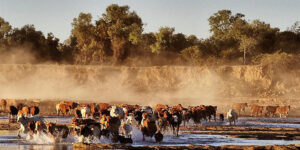

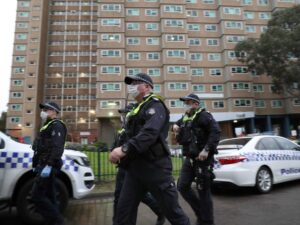
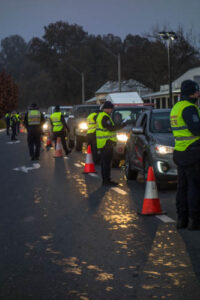

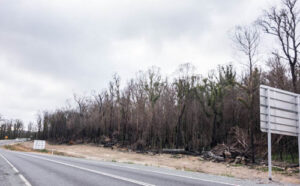


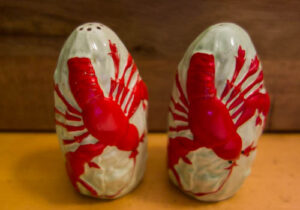
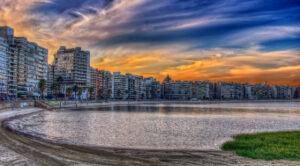
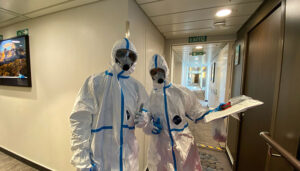
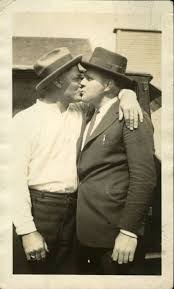

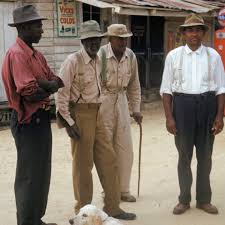
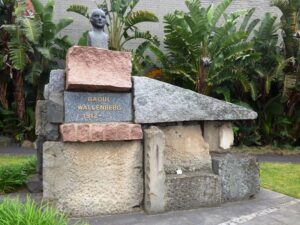
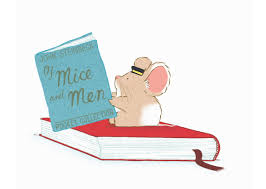
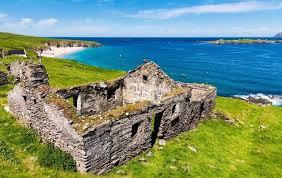
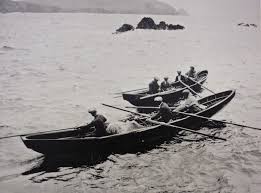
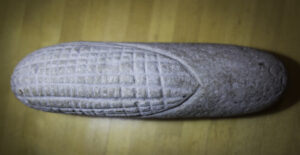

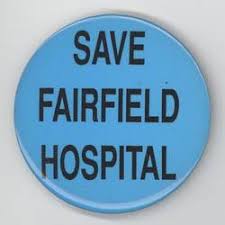
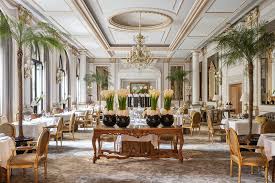
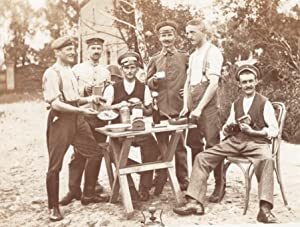

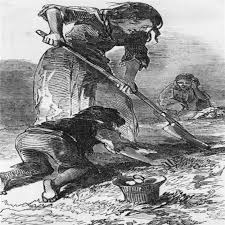 Another set of ancestors, the Egans, came out from Ireland about the same time. Their father had been a flour miller in Crossard, a small township in Co. Clare. They seem to have been tenant farmers. The potato famine changed their life and drove the whole family to Australia. My great-grand father went first to Kapunda on the Yorke Peninsula, where the first commercial mine to extract copper from a rich deposit happened earlier in the decade. Unsuccessful, he was attracted by the newly-found gold in Victoria and made a considerable fortune by providing timber for the mine shafts.
Another set of ancestors, the Egans, came out from Ireland about the same time. Their father had been a flour miller in Crossard, a small township in Co. Clare. They seem to have been tenant farmers. The potato famine changed their life and drove the whole family to Australia. My great-grand father went first to Kapunda on the Yorke Peninsula, where the first commercial mine to extract copper from a rich deposit happened earlier in the decade. Unsuccessful, he was attracted by the newly-found gold in Victoria and made a considerable fortune by providing timber for the mine shafts.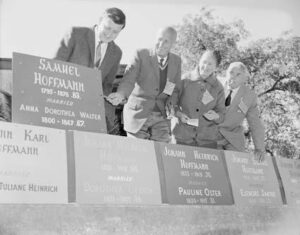
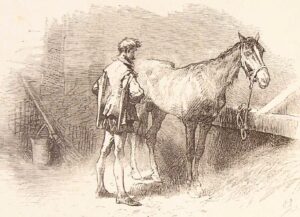
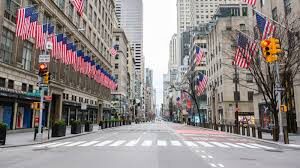
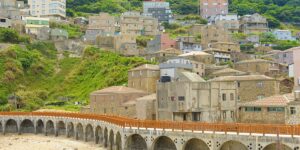
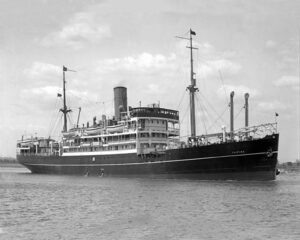
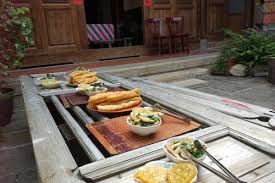


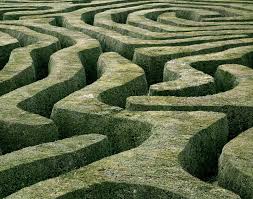

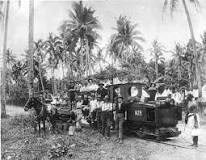

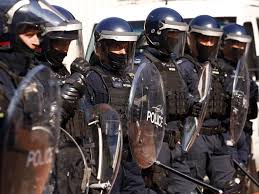
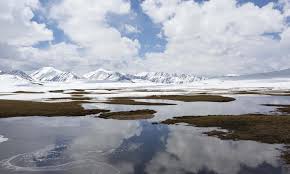

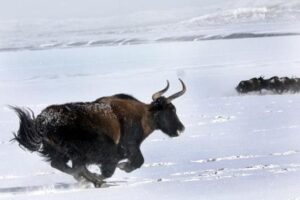
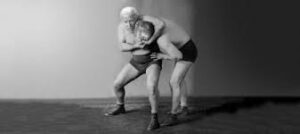
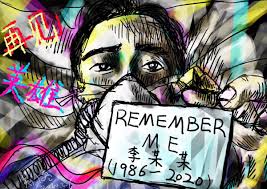
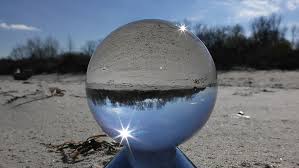
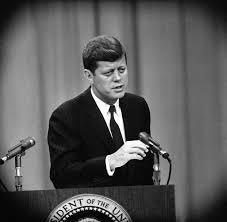


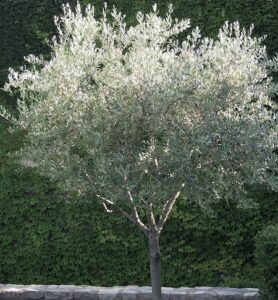
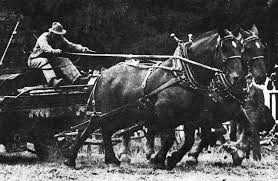


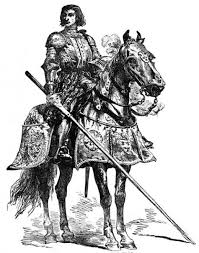




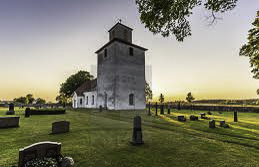
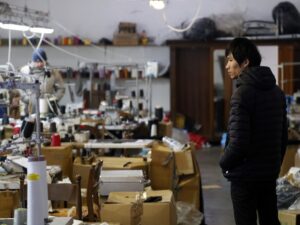 Yet there was something I was unaware of at the time I wrote the piece and that was how many Chinese were working in sweatshops in Northern Italy. The Chicago Tribune as far back as 2009 reported … an estimated 30,000 Chinese are legal immigrants in this city (Prato) of 180,000. Another 30,000 illegal immigrants are also suspected to live here. Many among the Chinese work in small hidden factories for as long as 14 hours a day.
Yet there was something I was unaware of at the time I wrote the piece and that was how many Chinese were working in sweatshops in Northern Italy. The Chicago Tribune as far back as 2009 reported … an estimated 30,000 Chinese are legal immigrants in this city (Prato) of 180,000. Another 30,000 illegal immigrants are also suspected to live here. Many among the Chinese work in small hidden factories for as long as 14 hours a day.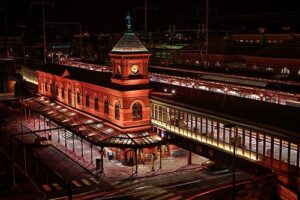
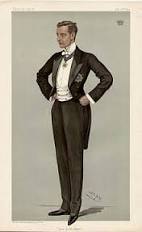 I was fortunate that the mortuary attendants were still there and after having a shower, they helped me don my evening dress – white tie and tails which, when you are in a hurry, can be excruciatingly fiddly. An incongruous sight. In a hospital morgue.
I was fortunate that the mortuary attendants were still there and after having a shower, they helped me don my evening dress – white tie and tails which, when you are in a hurry, can be excruciatingly fiddly. An incongruous sight. In a hospital morgue.